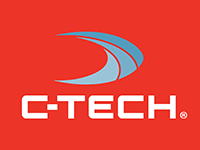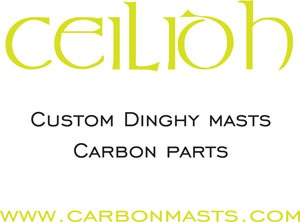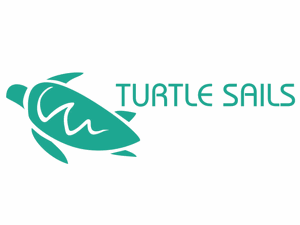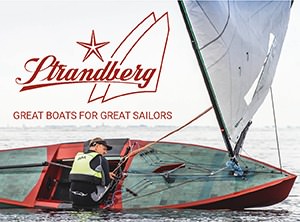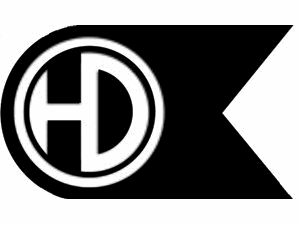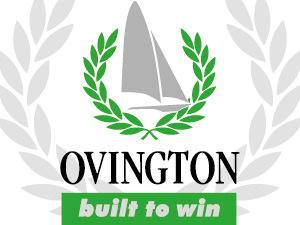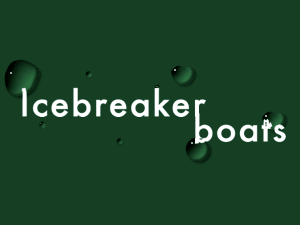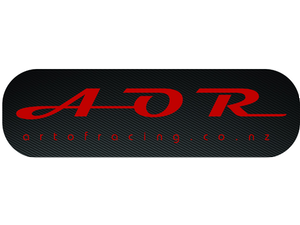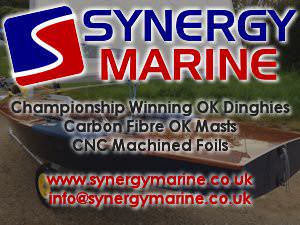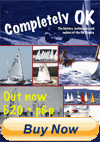You are here: okdia.org > technical > technical manual > surface coatings
Technical Manual
Surface Coatings
by Adrian Baker
Dear Don
Thank you for your letter and the enclosures. Please allow me to expand on the subject of coatings and their cost.
The relative cost (of using an epoxy system to finish a wooden painted hull, rather than a more conventional paint scheme based on oil-based undercoat and enamel topcoat is a subject we are often asked about. At first sight the epoxy seems very expensive but it must be remembered that a product such as SP106, which forms three quarters of the bulk of the coating thickness, is a solvent-free 100% solids product, and therefore you are not paying for solvent as you are with paints (both conventional enamels and polyurethane). If you can get hold of a paint manufacturer's data sheets giving both wet and dry film thicknesses for paints they are very revealing. You will see that dry film thickness is perhaps only 30% of wet film thickness in the case of two-pack polyurethane paint systems, the remainder is solvent which evaporates into the air and which you have paid for initially. The solvent is there to give good application properties.
Although I have not worked out the figures for the latest 1988 prices for epoxies and other products, I constantly refer to some figures we produced in 1981 and the relationship will stand today.
At that time, the epoxy system SP106 price per litre was approximately the same as normal undercoat (oil based) price per litre (dry). Two pack polyurethanes cost approximately 3 times that of yacht enamel and its undercoat. This of course means that to achieve a given thickness of coating using entirely a high performance two pack polyurethane system, it would cost approximately 3 times that of achieving the same thickness with SP106 wood epoxy system.
You could of course argue that you do not want the degree of build thickness that SP106 would provide - but remember protection' is a function of thickness just as much as it is of the chemical nature of the product.
Part of our system also includes SP302 Hibuild undercoat which is merely there to take out the surface blemishes before the application of the final finishing stage - a two pack polyurethane paint. The cost of SP 302 Hibuild, which is a solvent based product, is still less per litre than a two pack polyurethane paint and it has over twice the solids content.
The epoxy system of course gives you other benefits which should now be familiar to you: stiffer panels and the maintenance of more stable wood moisture content. This serves to further prolong the lifespan of any coating system.
The other alternative system we have is a solvent based system using a very thin primer in lieu of SP106. This product is called SP Eposeal. Eposeal would have similar dry film thickness to a two component polyurethane varnish, but it costs less. Together with the SP302 Hibuild which we have already discussed, this alternative system will still be less expensive than a two component polyurethane paint system.
With the increased popularity of winter sailing few people want to sacrifice their sailing time to paint their boats ready for the next season. A high performance epoxy system coupled with the two pack polyurethane paint as a final finish can make this a reality and 8-10 years would seem to be a reasonable time before one needs to look at repainting.
Note
These three detailed technical articles are written by Adrian Baker, who won several national championships in one of the British two-person National classes. He worked for a major British distributor of epoxy resin products, and the OK class in Britain was grateful for his willingness to share his professional expertise.
